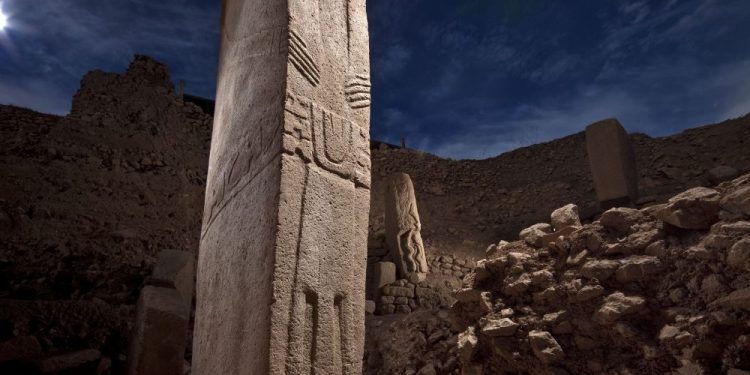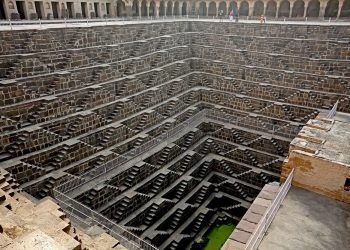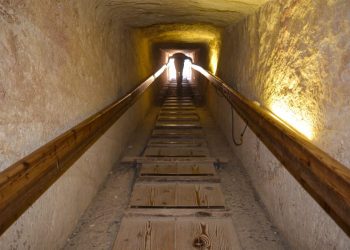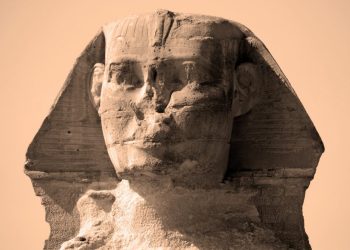Göbekli Tepe is a remarkable archaeological site located in southeastern Turkey, near the city of Sanliurfa. This megalithic complex dates back to the Neolithic period, about 11,500 years ago, and is considered one of the most important discoveries in the history of archaeology. The site has sparked much debate and controversy among researchers, and some have even suggested that it may be evidence of a lost civilization.
Göbekli Tepe was first discovered in 1994 by a team of Turkish archaeologists led by Klaus Schmidt. Schmidt recognized the significance of the site and spent the rest of his career excavating and studying it. What he and his team uncovered was nothing short of astonishing: a complex of monumental stone pillars, arranged in circles and ovals, some of which weigh up to 50 tons. The pillars are elaborately carved with animals and other symbols, and the site also contains numerous other structures, including stone walls, enclosures, and even human-shaped figurines.
Built during a time when experts say it was impossible
The most remarkable thing about Göbekli Tepe is that it was built during a time when humans were thought to be living in small, nomadic groups and had not yet developed agriculture or settled communities. This means that the construction of Göbekli Tepe would have required enormous organization, resources, and labor. This has led some to suggest that the site is evidence of a lost civilization that predates the rise of civilization in Mesopotamia, Egypt, and other ancient cultures.
Despite the significance of Göbekli Tepe, mainstream scholars have hesitated to acknowledge the possibility of a lost civilization. This is partly because the site does not fit neatly into existing theories of human history and partly because alternative researchers’ claims have been based on speculation and pseudoscience rather than evidence. Or have they? Nonetheless, many archaeologists and other researchers are now taking the site more seriously and exploring its potential implications for our understanding of the past.
Here are five important facts about Göbekli Tepe
- The site contains the world’s oldest known megaliths, structures made from large stones that are often associated with ancient monuments like Stonehenge.
- The pillars at Göbekli Tepe are elaborately carved with animals, including lions, snakes, and foxes, as well as other symbols and geometric patterns.
- The site was deliberately buried around 8,000 years ago, possibly as part of a ritual or religious ceremony.
- Göbekli Tepe may have been a center for communal gatherings and rituals, and it may have played a significant role in the development of social complexity in the region.
- The discovery of Göbekli Tepe challenges many assumptions about the origins of civilization and the role of religion and ritual in early human societies. It has also raised important questions about the nature of human innovation and the possibilities for cultural and technological development.
Göbekli Tepe, transforming our understanding of the ancient world
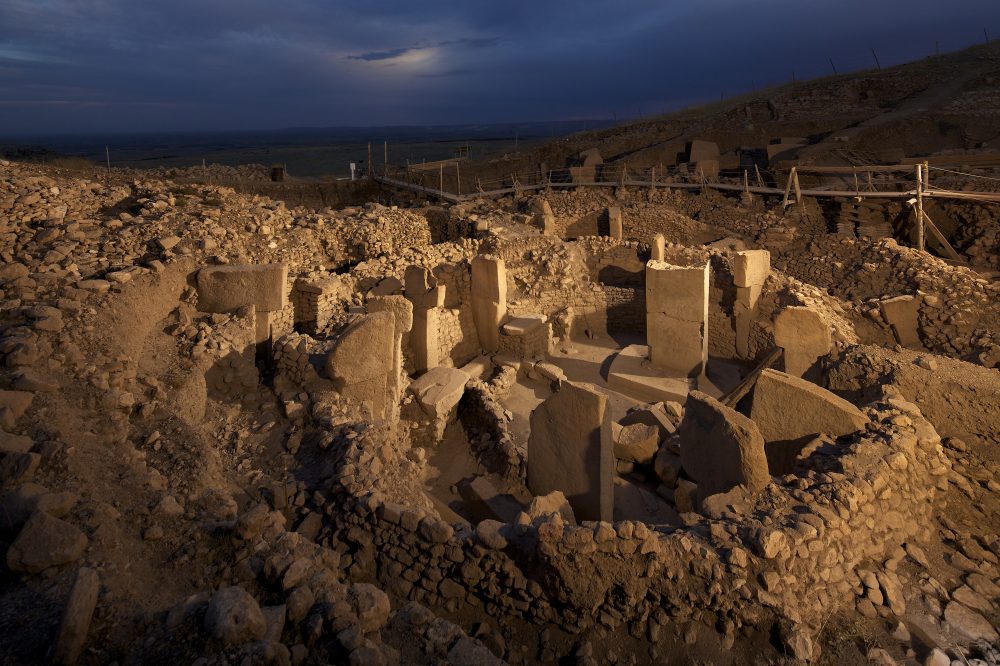
Göbekli Tepe is an incredibly important archaeological site that has the potential to transform our understanding of human history. Its impressive megalithic structures and elaborate carvings suggest that early humans were capable of much more than we previously thought, and the site’s enigmatic history raises intriguing questions about the nature of civilization and the role of ritual and religion in human societies. While there is still much we don’t know about Göbekli Tepe, it is clear that this remarkable site has much to teach us about the past and the present.
Göbekli Tepe is not only impressive because of its age and the size of its megalithic structures, but also because of the complex organization and advanced knowledge that it suggests. The site contains numerous pillars arranged in circles and ovals, some of which weigh up to 50 tons, indicating that the builders possessed the skills and knowledge necessary to quarry, transport, and shape large stones. The pillars are also elaborately carved with intricate depictions of animals and other symbols, suggesting sophisticated artistic and symbolic expression.
Precise geometric patterns
In a study published in the Cambridge Archaeological Journal in 2020, scientists examined the geometry of the megalithic structures at Göbekli Tepe and found evidence of advanced knowledge and organization. The researchers used a technique called spatial analysis to measure the angles and orientations of the pillars and circles, and found that they were arranged in precise geometric patterns. This suggests that the builders of Göbekli Tepe possessed a deep understanding of geometry and mathematics and could apply this knowledge to constructing their monumental structures.
The study’s lead author, Dr. Gil Haklay, notes that this level of sophistication is surprising given the prevailing view of early human societies as simple and unorganized. In fact, the results suggest that the builders of Göbekli Tepe were a much more complex society than previously thought. The existence of the megalithic complex is evidence that its builders possessed a level of organization and knowledge that was previously not recognized.”
Göbekli Tepe challenges traditional views of human history
The evidence of advanced knowledge and organization at Göbekli Tepe challenges traditional views of human history and raises important questions about the origins of civilization. It suggests that early humans were capable of much more than previously thought and may have possessed a level of cultural and technological development that was lost or forgotten over time.
Despite the growing recognition of the importance of Göbekli Tepe, some mainstream scholars still resist the idea of a lost civilization or advanced ancient knowledge. This is partly due to the lack of direct evidence and partly due to the sensational claims made by some alternative researchers. However, the growing body of scientific research on Göbekli Tepe suggests that there is much more to be discovered about the site and its place in human history.
The advanced knowledge and organization demonstrated by the site’s builders suggest that early humans were capable of much more than previously thought and may have possessed a level of cultural and technological development that has been lost or forgotten over time. The scientific study published in the Cambridge Archaeological Journal is just one example of the growing body of evidence that sheds light on the significance of Göbekli Tepe and its place in the history of human civilization.
PLEASE READ: Have something to add? Visit Curiosmos on Facebook. Join the discussion in our mobile Telegram group. Also, follow us on Google News. Interesting in history, mysteries, and more? Visit Ancient Library’s Telegram group and become part of an exclusive group.



